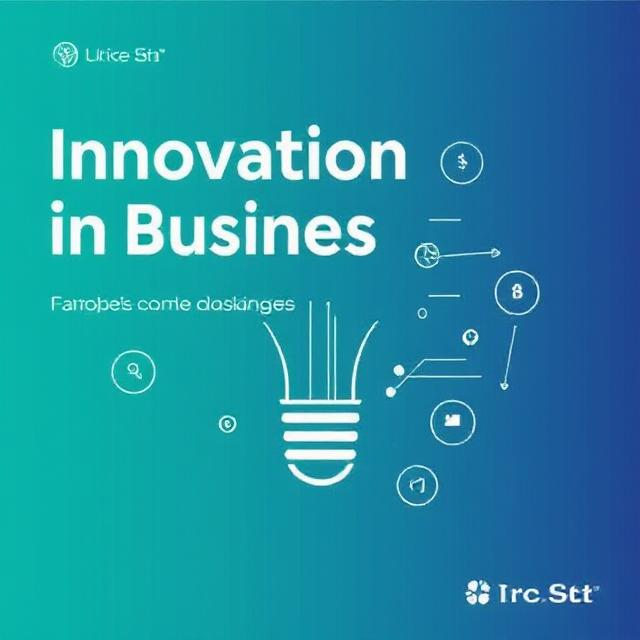The post-pandemic world has accelerated the pace of change, forcing businesses to rethink their strategies and embrace innovation. In 2025, companies are finding new ways to stay competitive, become more resilient, and meet shifting customer expectations.
Digital Transformation as a Priority
From cloud computing to AI and big data analytics, digital transformation is at the core of modern business strategy. Companies that lag behind in tech adoption are losing ground to more agile competitors. Cloud-native startups, for instance, are scaling faster and reaching new markets more efficiently than traditional firms.
Agile and Remote Work Models
Flexible work environments are here to stay. Leading companies are designing hybrid models that blend remote and in-office work, focusing on results rather than hours. They’re investing in collaboration tools, digital onboarding processes, and virtual culture-building to maintain productivity and employee satisfaction.
Customer-Centric Innovation
In 2025, customer expectations are higher than ever. Personalization, real-time support, and immersive experiences—such as augmented reality shopping or AI-powered virtual assistants—are becoming standard. Businesses are using data analytics to anticipate customer needs and co-create products based on feedback.
Sustainability and Social Impact
Consumers are increasingly choosing brands that align with their values. In response, companies are embedding sustainability into their core strategies. From carbon-neutral supply chains to circular product design, innovation is now measured not only by profit but also by positive social and environmental impact.
Collaboration with Startups and Accelerators
Established companies are forging partnerships with startups and innovation hubs to stay ahead of disruption. Open innovation—where firms collaborate across industries and geographies—is accelerating product development and driving cross-sector breakthroughs.
In 2025, the most successful companies are not necessarily the biggest or the oldest—they are the most adaptable. Innovation is no longer a department; it is a culture.

Leave a Reply